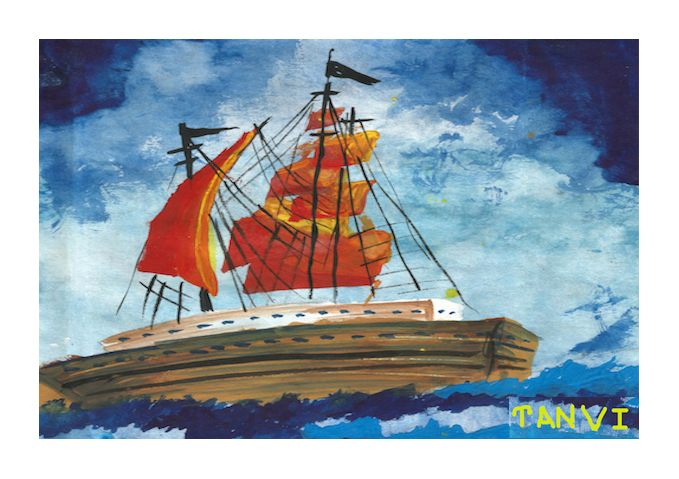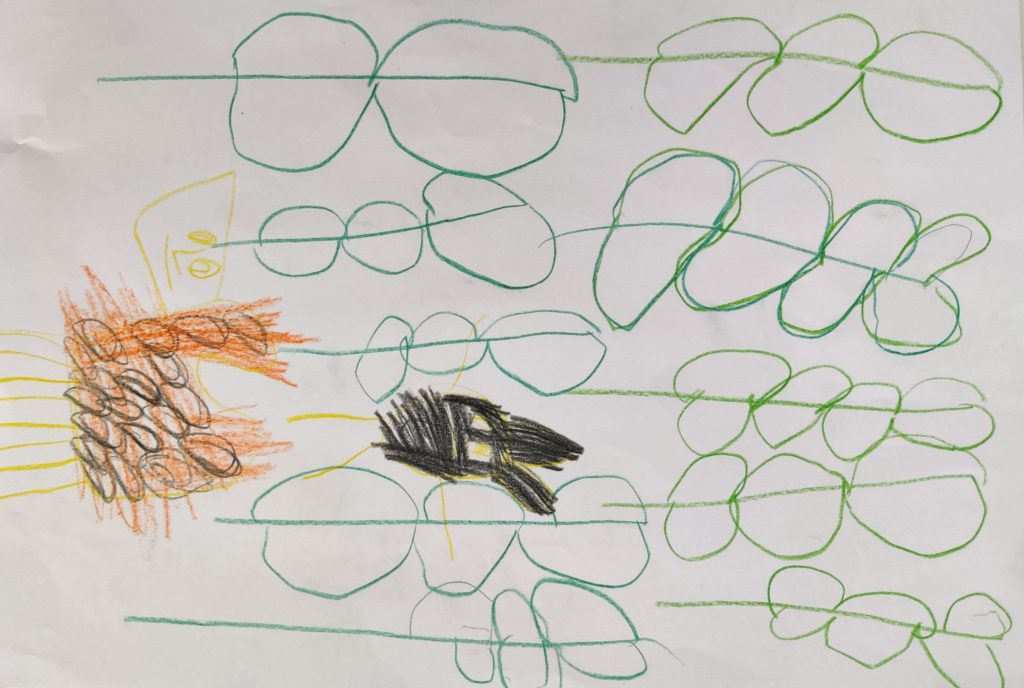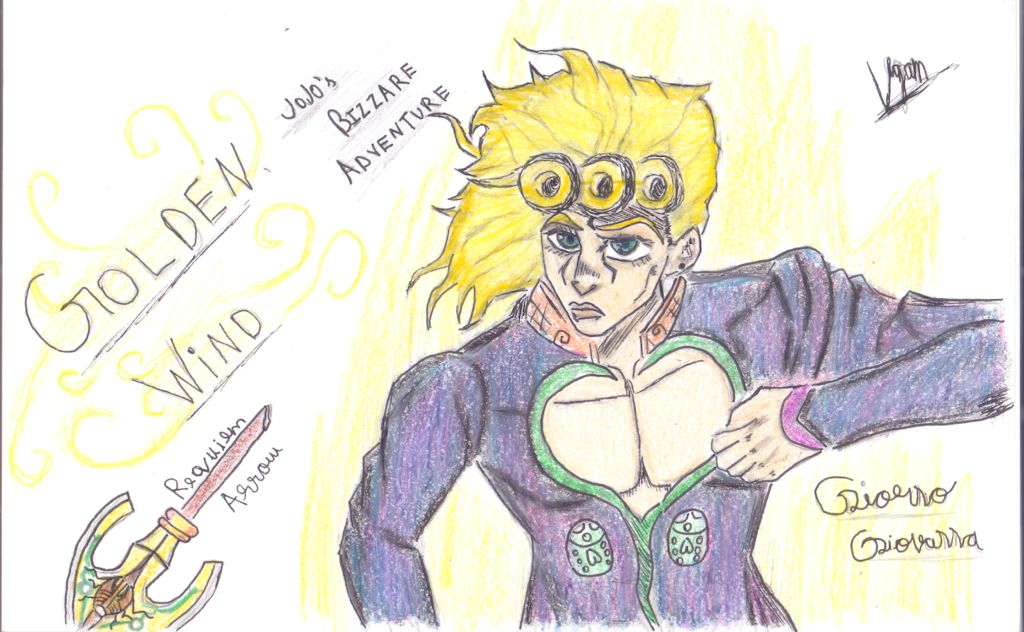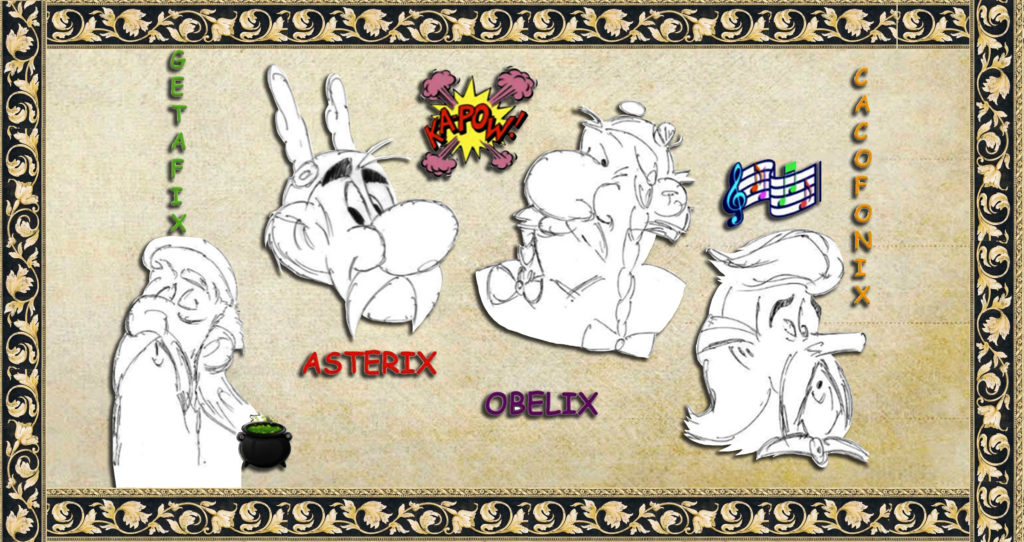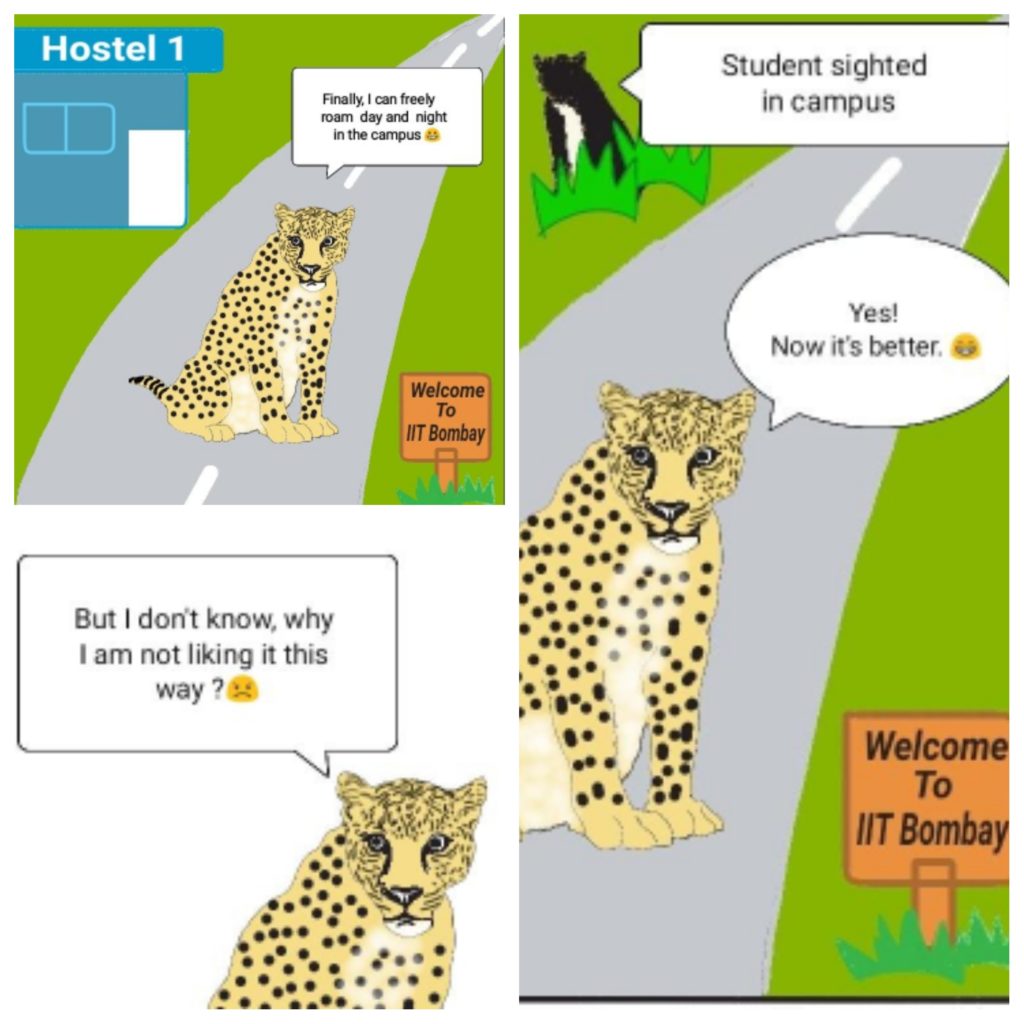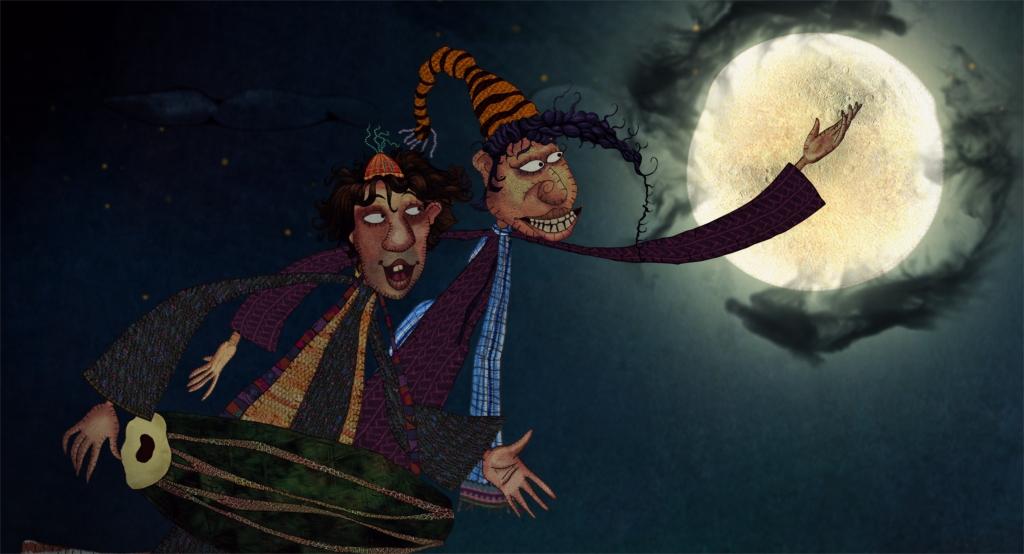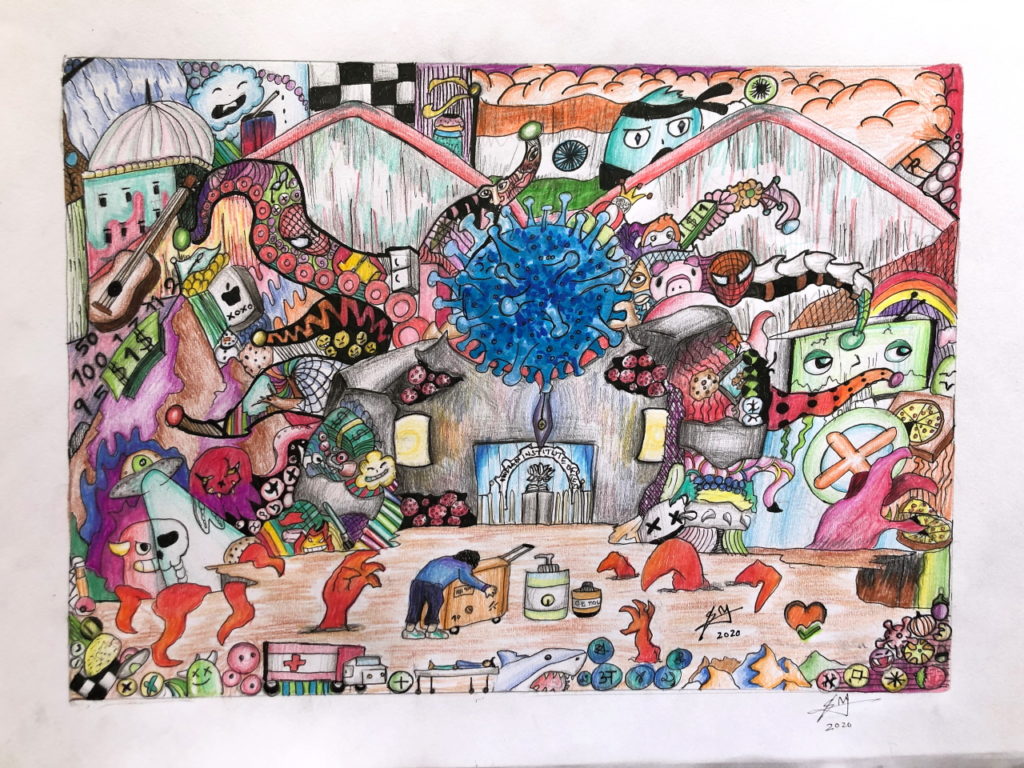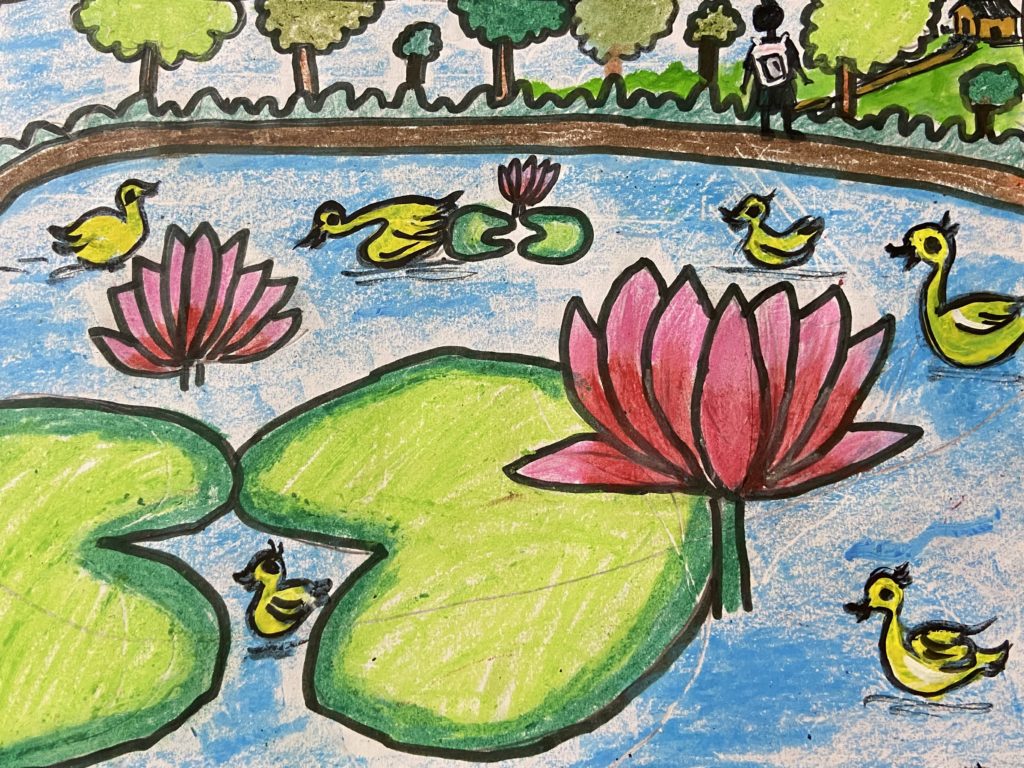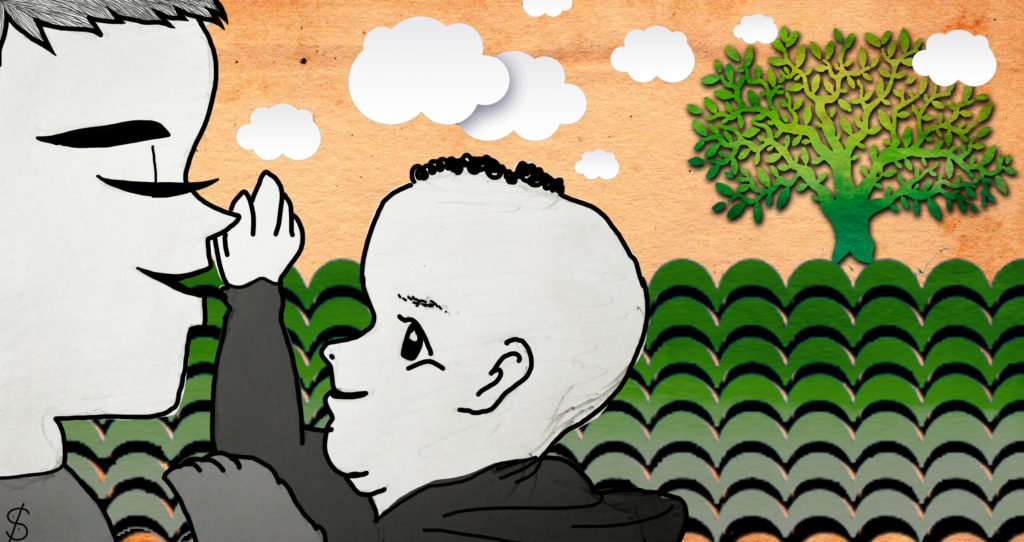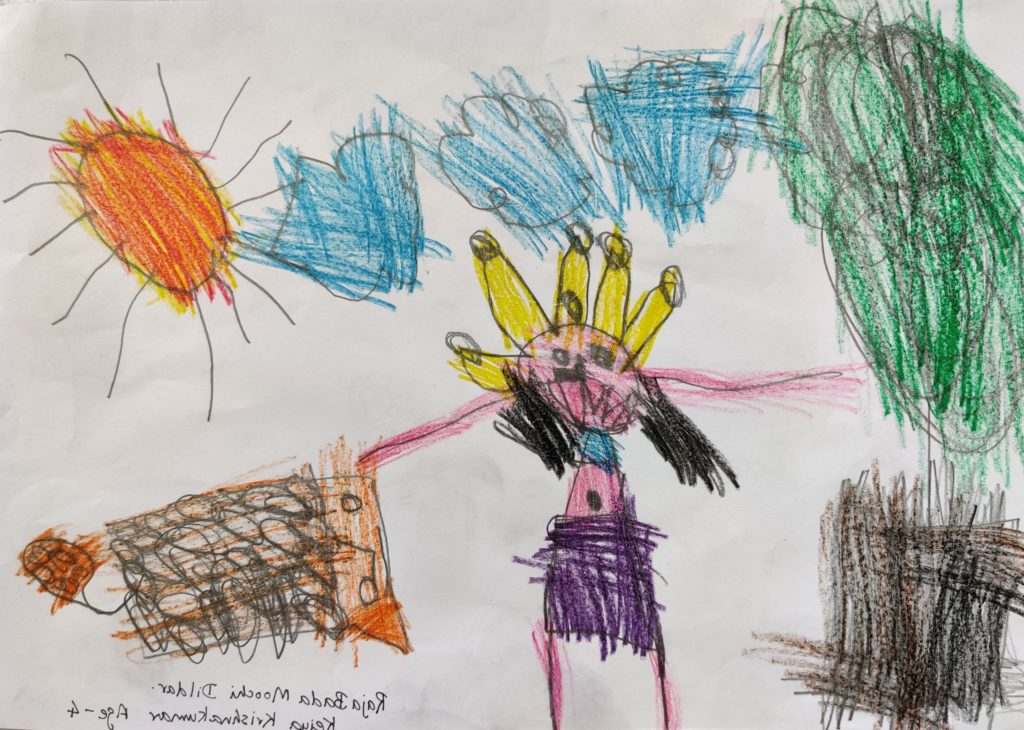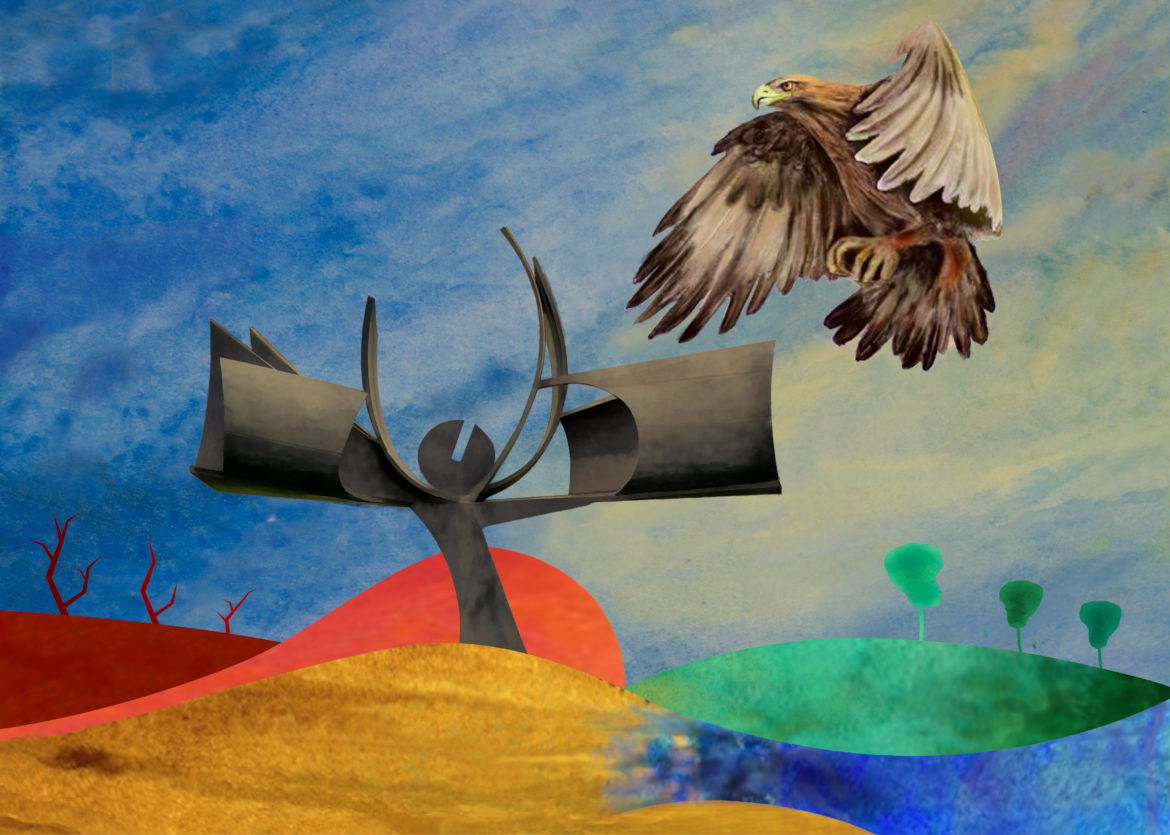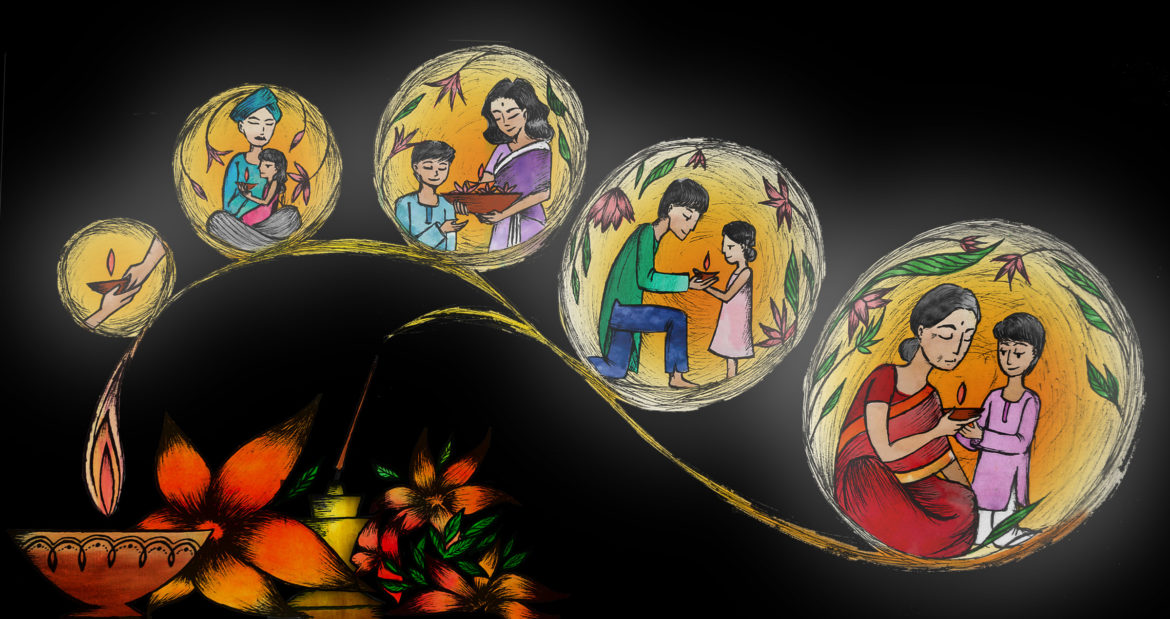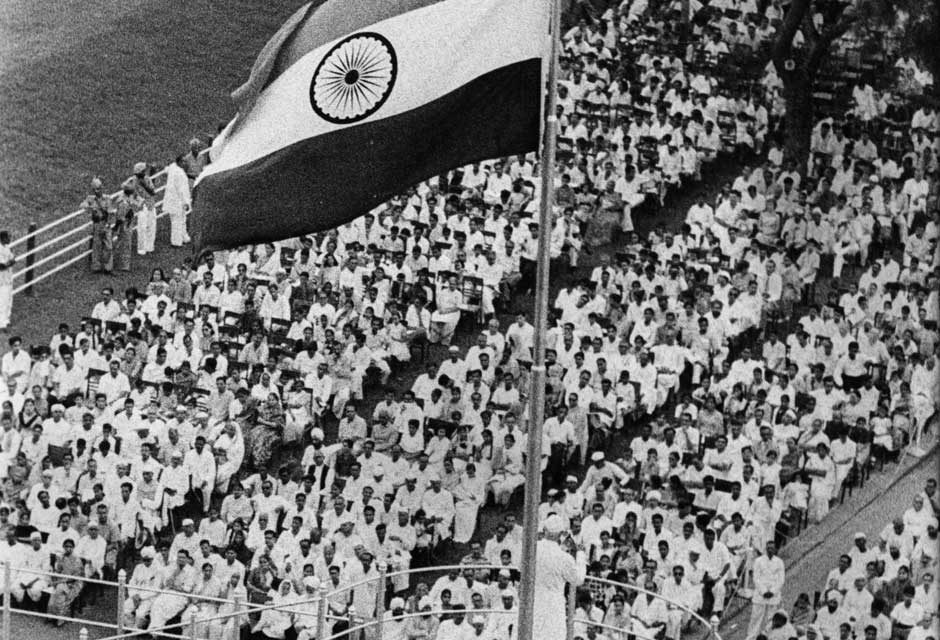Editorial
Asterix and the Curse of Covid
The year is 2020. The entire world is occupied by a deadly virus. Well not entirely! One small village of indomitable Gauls still holds out against the invaders.
A Betrayal Of Love
Food sustains life. But, what if you cannot trust the hand that feeds you?
The Leopard Who Came to Tea
How much fun is the IIT Bombay campus without its student population? Find out from this feline visitor.
Jack, Joe & the Locusts
A swarm of locusts devastate the crops of poor farmers till two plucky brothers come to their rescue.
Story Of A Story
Some stories stay with you. They live in your imagination and become a part of you. One such story was Goopi Gayne Bagha Bayne, a delightful tale I first heard…
For Children, By Children
This month we bring to you a “children-themed” issue of Fundamatics. And, by children, we mean for children and mostly by children who are connected to IIT Bombay through their…
The Duck in the Desk
While he was getting up, a duck hopped into his school bag pocket, without his notice.
Janaki
Sita, the heroine of the Ramayana, the great Indian epic, was found in a furrow by her father King Janak. The name Sita is derived from the Sanskrit word seeta which means furrow. She is one amongst the dozens of characters from Indian mythology, who is adopted.
A Comprehensive Guide to Rebranding
An irreverent, satirical, action-filled romp through Heaven, Hell and that little world in between. Laugh out loud as you read this delightful fantasy about Ari Havenmark matching wits with humans, Archangels, and the Devil himself ; you’ll never think of Hell the same way again, but then, that’s what rebranding is all about, right ?
Raja Bada-Moochee Dildaar
“Lucky charm! Your moustache!” cried the hermit, “that is your lucky charm. Never cut it!” He said solemnly.“As long as you let the moustache grow it will protect you.”
Foreword
Childhood, that chimeric phase in one’s life, where the one going through it, just wants to get done with it and those who have emerged on the other side wish…
April, 2020
No one knew that it would be like this. The reality of a pandemic is also the stillness of silence.
The nature of this silence is different; it is more an absence of manmade noise. Now there are no errant voices drifting across from the hostels, no sound of autos and sundry other vehicles laboring up the Sameer hill, the distant sound of traffic and horns that drift across the lake, not even the occasional construction equipment.
This is not the first time Fundamatics has dedicated an issue to the campus. This, after all, is not a typical university green space with formal, manicured gardens and lawns but a more naturalistic biodiverse landscape – a beautiful anachronism placed smack dab in the middle of an urban megapolis of Mumbai.
January, 2020
In the age of Alternate Facts and Fake News, Fundamatics thought it would be interesting to devote an issue to Folklore and Mythology. This is not an attempt at being flippant but to an honest effort to bring together a collection of diverse stories from various parts of the country. Folklore is how a People imagine their past and themselves. Folk tales become icons of cultures, and in turn, cultures get manufactured around these tales. The tales are told in various art forms – storytelling, singing, theatre, paintings, sculpture and handicraft – and in turn these art forms shape the tales. We are constrained here to limit ourselves to the written word but the written word is no mean instrument – as we shall see* (hum dekhenge ).
Pandit Jawaharlal Nehru addresses the crowd in Delhi on the occasion of India’s 14th Independence Day on 17 August 1960. Above him flies the national flag of India. Image source: Link
October, 2019 – November, 2019
A constitution is a political document, framing the aspirations of a people. Far from being a record of the already-achieved, it is effectively a charter of aims and desires, of what a nation strives to be. From 2016 to 2018, IIT Bombay had hosted a series of talks on the Indian Constitution by some of India’s most eminent jurists. Five talks have been chosen for this issue that reflects both general constitutional questions as well as specific concerns – an overview of constitutional issues, gender justice, constitutionality and the death penalty, critical judgments on fundamental and human rights and challenges posed to constitutional freedoms by new technologies. The original audio recordings of all the five talks can be accessed from this page.
Babasaheb Ambedkar, Chairman of the Drafting Committee, presenting the final draft of the Indian constitution to Constituent Assembly President Dr. Rajendra Prasad on 25 November 1949. Image Source: link
Central to the process of learning is of course questioning, and this is what I propose to do today. There is one central theme to my presentation. It is encapsulated in a single word – liberty. When we speak of liberty, we usually mean a direct reference to Article 19 of the Constitution of India. This is in Part III of the Constitution. The whole of this is captioned Fundamental Rights. There are therefore a variety of rights, all said to be fundamental. And we now understand this to mean essential to the framework of the Constitution, or what is called its basic structure. Now the signal value of liberty is actually not just tucked away in Article 19. My argument is that the whole of the Constitution is predicated on this concept and we find this and its other sister concepts in the Preamble, that single page that gives us the framework. It states the intention of this document we call the Constitution. It tells us who, what, how, why. “We the people of India” speaks of our redemption of a pledge, of our tryst with destiny – you all know those words – and it speaks of our resolve to secure to all citizens justice of every stripe and then – now mind this – in the Preamble, liberty of thought, expression, belief, faith and worship. Notice the sequencing. Many of you here write code. You put code in a particular sequence for a particular reason. Think of the Constitution as code. That sequencing has a purpose, it has a reason. It is our task to discover what that purpose and what that reason is. First, justice of every kind, and then liberty, and within liberty, thought and expression come right at the very top. Having made all these resolutions and with this intent, we adopt, enact – and again this is key – give to ourselves our constitution. No government gave it to us, no ruling party made a gift of it to us, we secured it for ourselves. This is central to an understanding of fundamental rights. They are not gifts, they are ours, and we have secured them to ourselves.
A cartoon from HT published on 24 January showing Chairman of the Drafting Committee (and later Law Minister) BR Ambedkar holding an infant Republic of India while Mother India lays in bed exhausted from labour. Around him stand Dr. Rajendra Prasad and Nehru, looking anxiously. Image source: Link
A constitution is a political document, framing the aspirations of a people. Far from being a record of the already-achieved, it is effectively a charter of aims and desires, of what a nation strives to be. Jawaharlal Nehru famously said at the dawn of Independence: ‘We have to build the noble mansion of free India where all her children may dwell.’ The constitution of India was meant as the blueprint for that house of freedom, as reflected in its Preamble. The men and women who shouldered the responsibility to shape the destiny of this new-born nation strove to shun narrowness of thought and ideas, to vacate extreme positions and to chart a course through discussion, debate, cooperation, compromise and tolerance. At every point, interlocutors were treated in good faith and the effort was to exercise good judgment and to bring everyone on board. These are valuable lessons in themselves for us to learn and to teach our students – future leaders and decision-makers. When they are part of the core cluster of forms of political association that are the inheritance of India’s project of constitution-making, it is even more important for us to understand and engage with them. And to engage with, moreover, the document that these vital political conventions gave rise to — the Indian constitution.
July, 2019 – August, 2019
We are exploring energy in this edition. While it was one of the most fundamental inventions of the last century, that literally gave us all more time in the day to pursue stuff, gave us all the modern comforts, it has always been in the back-burner for most of us from IITs. It was never very cool. And honestly burning fossils to power our modern lives, at a fundamental level, never seemed like a great idea. Sure enough, we have destroyed the planet as we know it, as we all became slaves to modern, well-powered life. It is time for a refresh though. The last decade has been one of the most innovative for power which makes us hopeful about a better future for our kids.
The last decade or so have been most exciting in the electricity landscape since the world started getting electrified a century ago. We are seeing new generation sources, electrification of transport and simultaneously better management of the ever growing demand globally and in India.
Renewable energy finally arrived. Technically, commercially and in terms of actual deployment. In 2018, we crossed 20% of total capacity installed in India powered with renewables (non-hydro). Nearly 65% remains coal and other fossils unfortunately. Thankfully, India is blessed with great wind near coastlines (for both offshore and onshore wind), great sunshine (for solar) and an agri-based economy (for biomass). These are the current front-runners in renewables. The proportion of renewables will continue to grow as we see continued challenges with coal and oil imports.




